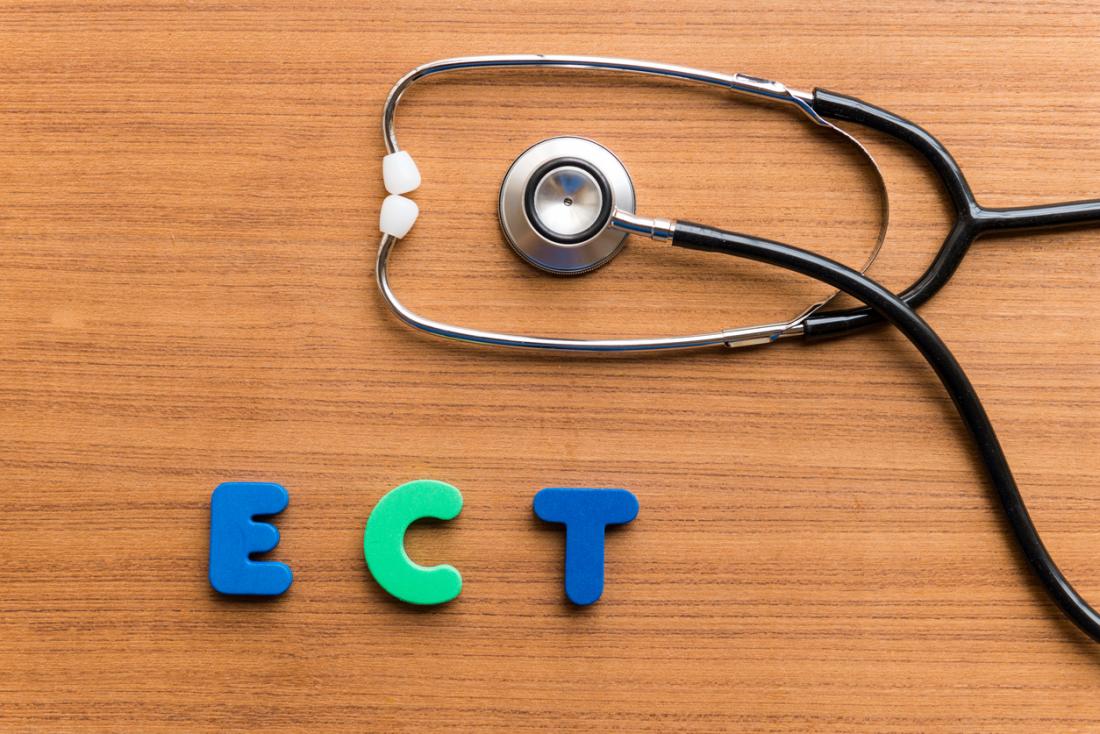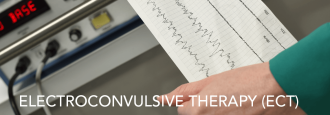Electroconvulsive therapy, more commonly known as "ECT", is a reliable and safe method used in psychiatry and remains irreplaceable in some psychopathological situations despite the evolution of psychopharmacology.
The method of electroconvulsive therapy is performed under the direct supervision of a psychiatrist in collaboration with other specialized health professionals - physicians, anesthetists and nurses.
 During electroconvulsive therapy with the cooperation of an anesthesiologist, anesthetic and muscle relaxant are administered with continuous oxygen delivery and monitoring of the patient's vital points. The patient is relaxed and motionless and awakens after a few minutes without realizing the procedure that preceded it. The process is completely painless.
During electroconvulsive therapy with the cooperation of an anesthesiologist, anesthetic and muscle relaxant are administered with continuous oxygen delivery and monitoring of the patient's vital points. The patient is relaxed and motionless and awakens after a few minutes without realizing the procedure that preceded it. The process is completely painless.
Its effectiveness in the treatment of serious mental illness is recognized by the American Psychiatric Association, the American Medical Association, the National Mental Health Institute and similar organizations in Canada, Great Britain and many other countries.
Electroconvulsive therapy is the fastest and most effective treatment for major depression. From tests of electroconvulsive effects, it appears that between 70% and 90% of patients show improvement (to the particular depressive episode). The corresponding percentages for patients receiving drug therapy range between 50% and 70%.
Electroconvulsive therapy can also be effective in cases such as:
|
|
Electroconvulsive therapy is applied at Veresies Clinic twice or three times a week with a total number of sessions six to twelve. For patients in whom drug prophylaxis is not effective, commemorative sessions are given at a frequency of one per month for three to six months or longer.

